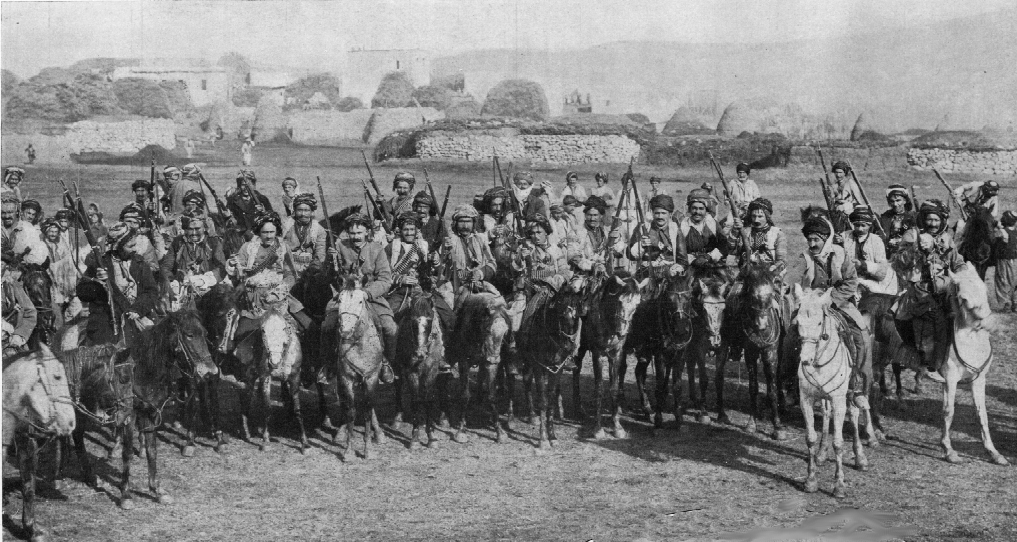Serbian campaign

Video
The Serbian campaign commenced on 28 July 1914, following Austria-Hungary's declaration of war on Serbia. Commanded by General Oskar Potiorek, the Austro-Hungarian forces launched a series of invasions, initially deploying around 500,000 troops, including the 5th and 6th Armies. The Serbian military, under the command of General Radomir Putnik, mobilized approximately 450,000 men by 9 August 1914. The first significant engagement occurred at the Battle of Cer from 15 to 24 August, where Serbian forces achieved a decisive victory, marking the first Allied success of the war. The Austro-Hungarian army suffered heavy losses, with estimates of around 200,000 casualties, while Serbian forces sustained approximately 50,000 casualties. Despite this victory, the Austro-Hungarians regrouped and launched a second invasion in late 1914, which also ended in failure, further bolstering Serbian morale.
The second campaign began on 6 October 1915, when a combined force of Bulgarian, Austro-Hungarian, and German troops, led by Field Marshal August von Mackensen, invaded Serbia from multiple directions. This force, numbering around 300,000, quickly overwhelmed the Serbian defenses, which had been significantly weakened by previous engagements and logistical challenges. The Serbian army, now reduced to about 100,000 effective troops, was forced into a retreat through Montenegro and Albania, culminating in the evacuation to Greece. The campaign concluded on 24 November 1915, with Serbia occupied and divided between the Central Powers, allowing them to secure a land route from Berlin to Constantinople.
Throughout the campaign, Serbia faced severe casualties, with estimates suggesting that over 1,200,000 inhabitants, including both military and civilian losses, perished during the war. The Serbian army, which had peaked at around 420,000, was reduced to approximately 100,000 by the time of liberation in November 1918. The civilian population suffered immensely due to famine, disease, and direct conflict, with estimates of civilian deaths reaching hundreds of thousands. The campaign not only highlighted the resilience of the Serbian forces but also underscored the devastating impact of the war on the Serbian population.
Result/Victory
 Central Powers
Central Powers


 France
France
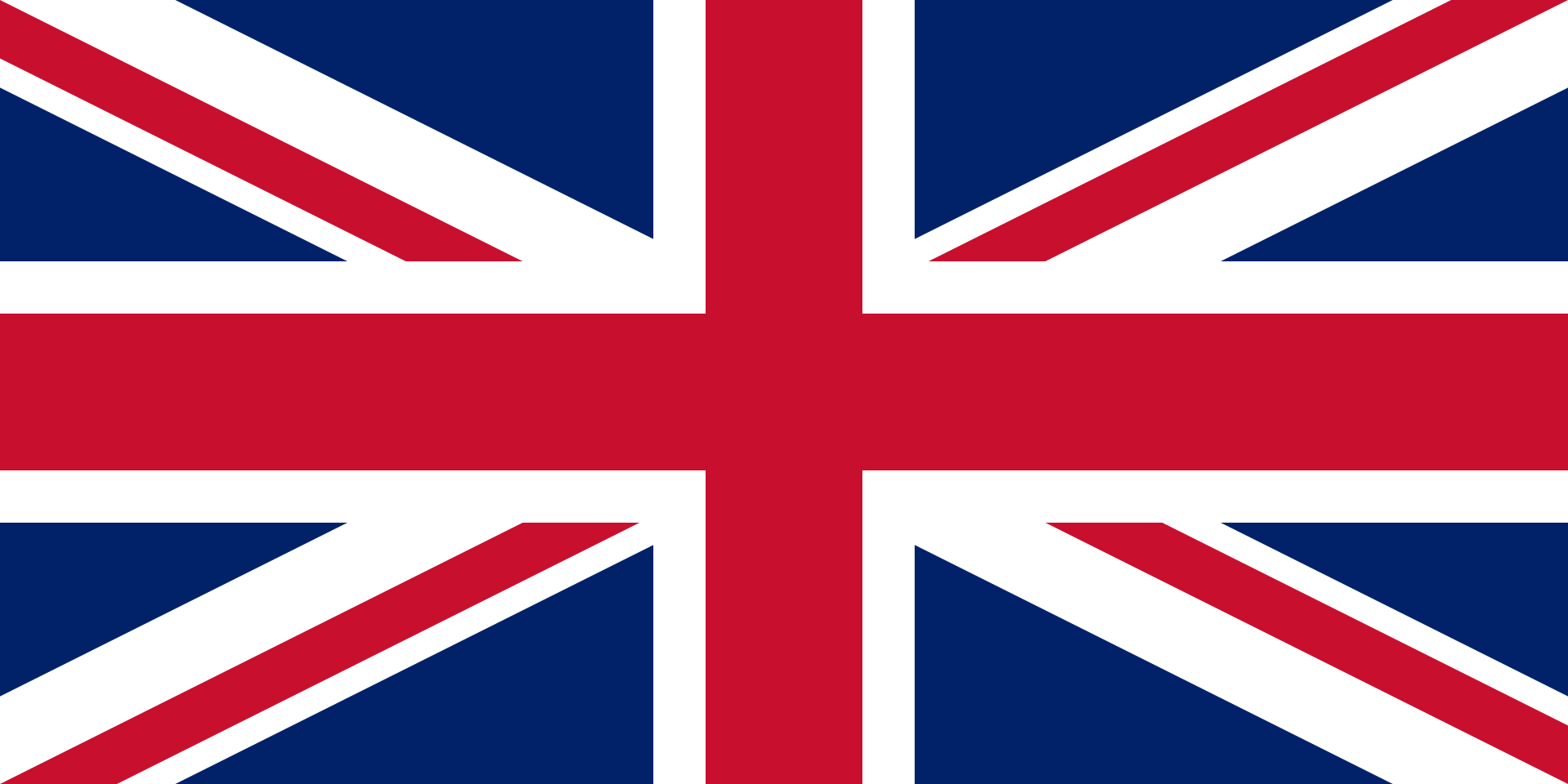 Entente
Entente








 Serbia
Serbia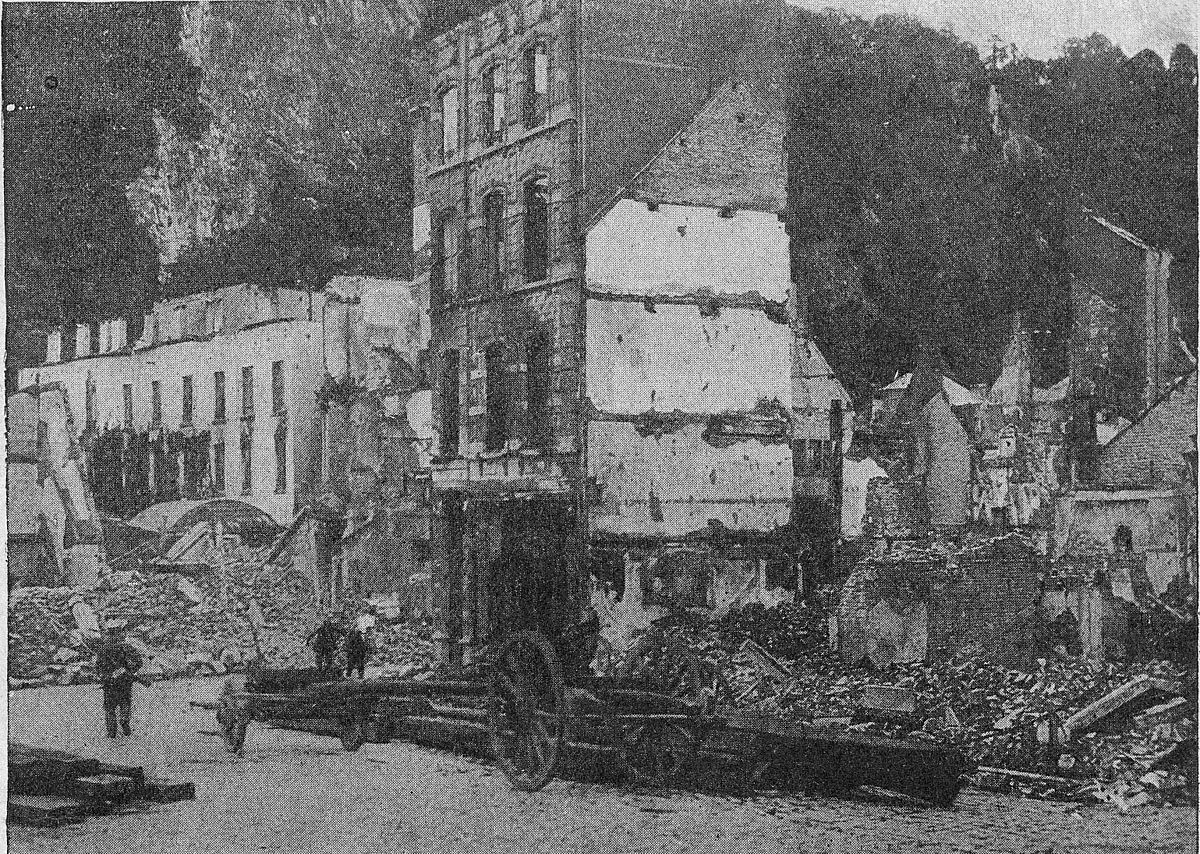

 Russia
Russia





 Inconclusive
Inconclusive


 Austro-Hungary
Austro-Hungary


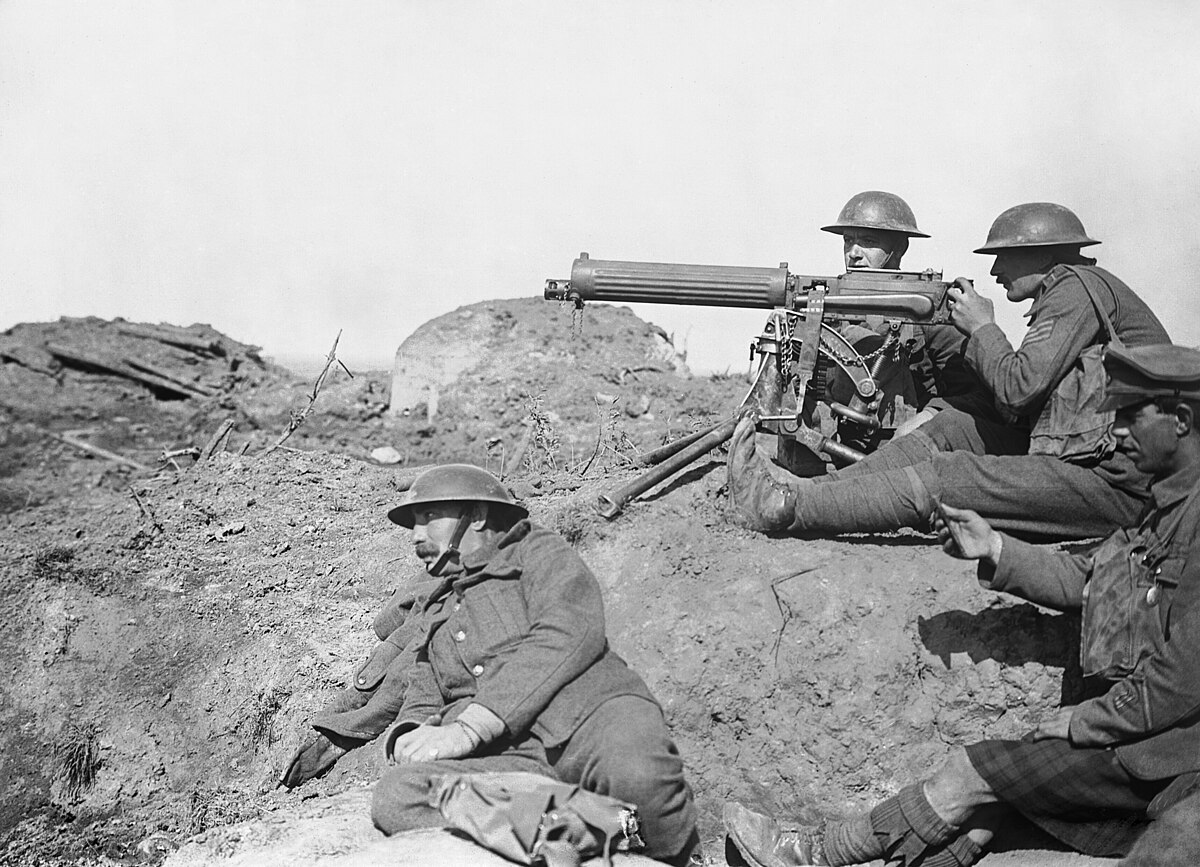












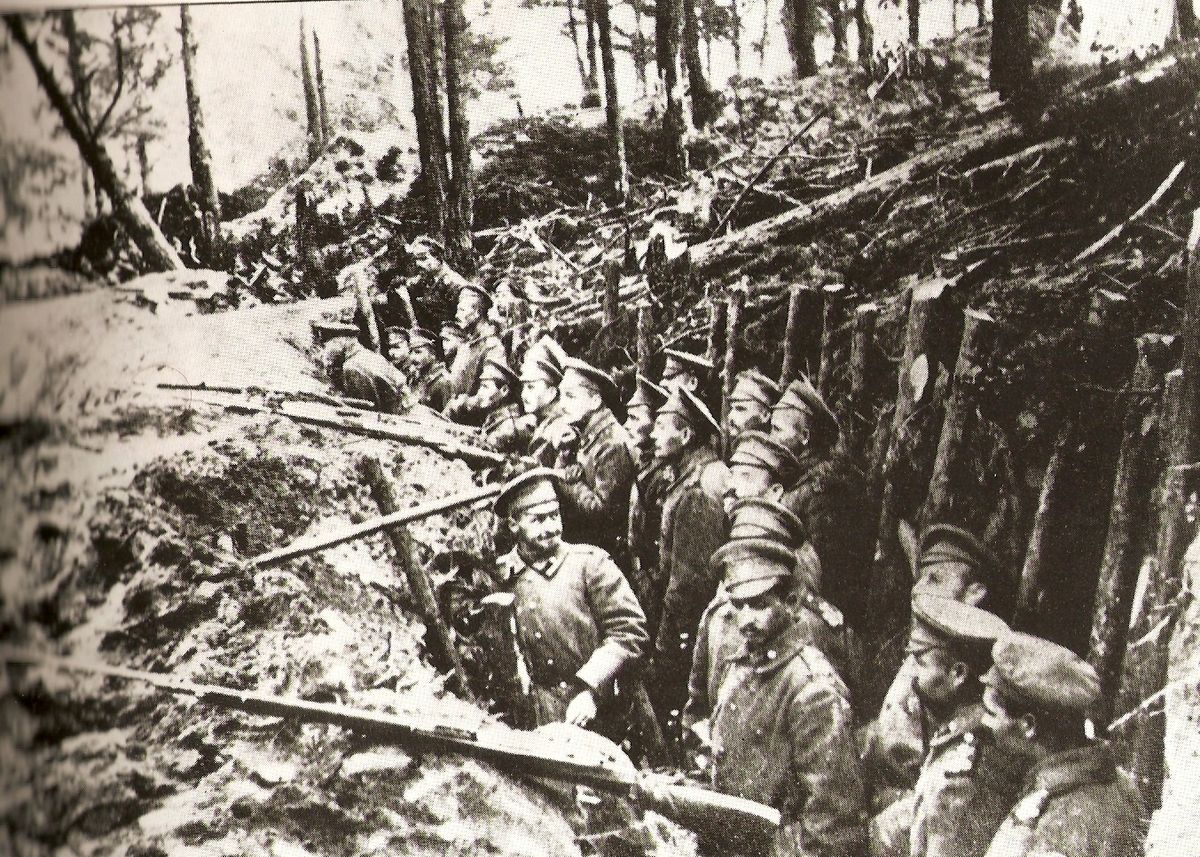


 Australia
Australia




















